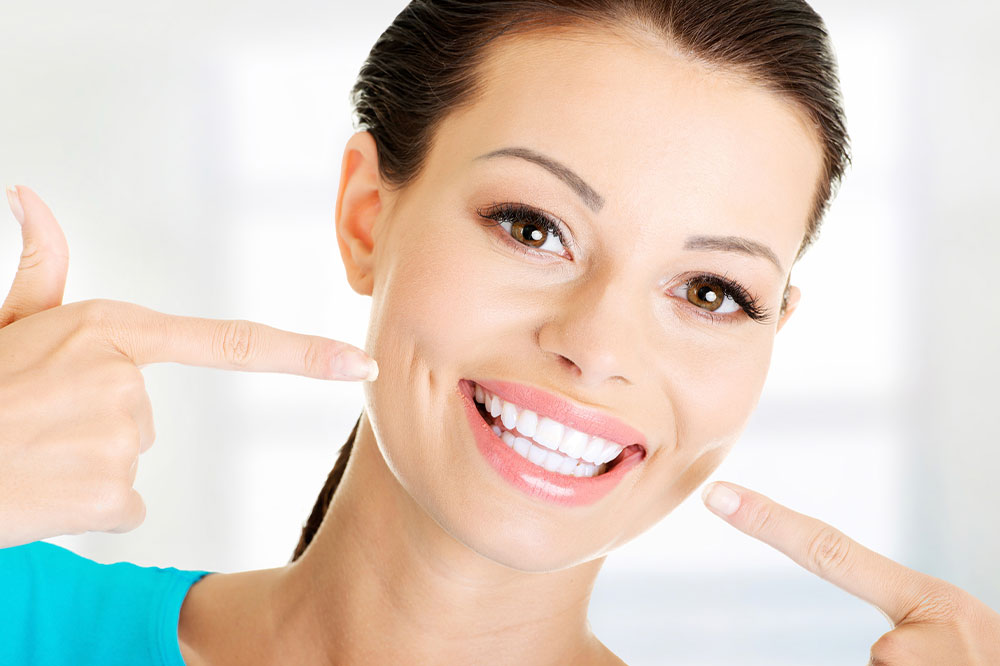Teeth whitening – Helpful tips and top products

A smile displaying clean, white teeth is aesthetically pleasing and a sign of overall well-being. Professional teeth clean-ups and nutritious meals can facilitate healthy teeth. In addition, teeth whitening procedures have garnered massive popularity of late, owing to their effectiveness and long-lasting results. However, many view this procedure with skepticism and concern due to a lack of information. Keep reading to learn more about the teeth whitening process and its benefits.
How does teeth whitening work?
A dentist may carry out teeth whitening over a few regular sessions; however, several teeth-whitening products are available today for at-home teeth whitening. A few such products are listed below.
Colgate Optic White
This product comes with a precision brush and a button on top, enabling one to whiten the surface of each tooth effectively. The product comprises hydrogen peroxide and is suitable for individuals with teeth sensitivity. The pen should be used every night for glistening teeth.
GLO Brilliant Teeth Whitening Kit
Equipped with GLO warming heat and a blue LED light, this product works wonders in ensuring white teeth if used four times a day for five consecutive days. Each application should be for a duration of 8 minutes.
AuraGlow Teeth Whitening Kit
This kit entails a rechargeable teeth-whitening light and a flexible latex-free teeth-whitening tray. The kit should be used along with a whitening gel for the best results.
Cali White Teeth Whitening Kit
This kit is a gluten-free and vegan teeth-whitening option entailing organic ingredients. The kit also includes an in-built timer to ensure the product is used for the required amount of time.
HiSmile PAP+ Teeth Whitening Kit
This kit is powered by VIO405 light technology and entails 32 LEDs. Unlike other products, this kit does not contain peroxide and, therefore, does not release free radicals. A layer of the PAP+ primer should be applied to the teeth after brushing and before the whitening process.
Handy tips for effective teeth whitening
Teeth whitening is a safe and effective practice if the products are used correctly and a dentist is consulted on what products must be used. Further, here are some handy teeth-whitening tips to keep in mind-
Do not overdo the teeth-whitening procedure
Many individuals opting for teeth whitening are often disappointed if they do not see results within a few days of application. However, teeth-whitening products contain abrasives and should not be overused. It is best to be patient and wait for the results to show.
Follow all the hygiene measures diligently
Oral hygiene measures like brushing twice daily, flossing regularly, and gargling after meals should be followed diligently during and after the teeth-whitening process.
Avoid certain foods
Teeth-bleaching agents continue penetrating the teeth enamel for up to a day after the procedure. Certain foods that can stain the teeth, including beetroot, dark soups, and soy sauce, should be avoided during this period.
Use sensitivity products
Individuals may experience sensitivity to hot or cold foods immediately after teeth whitening. To reduce discomfort, it is advisable to use toothpaste or gels that help manage the sensitivity.


